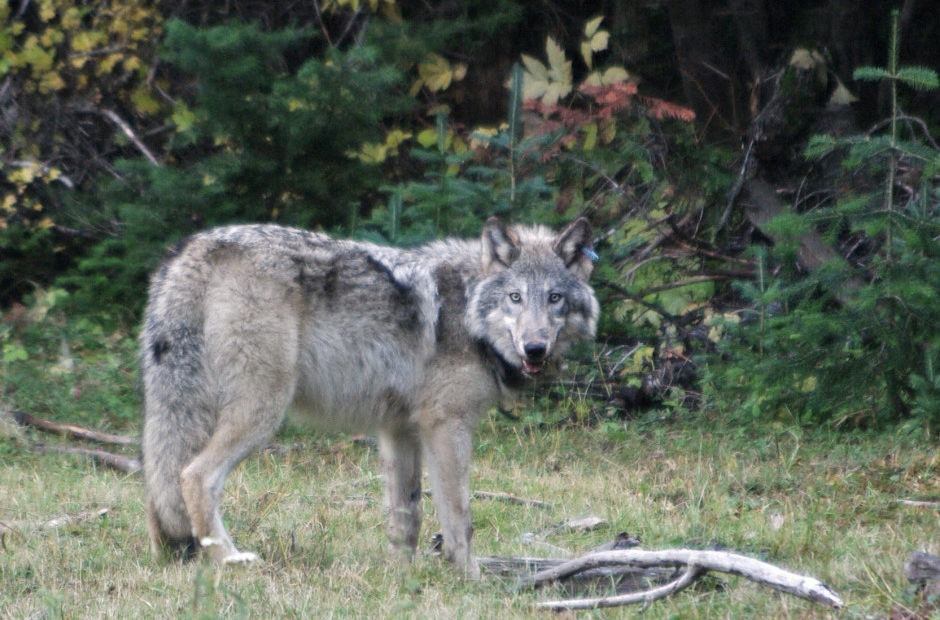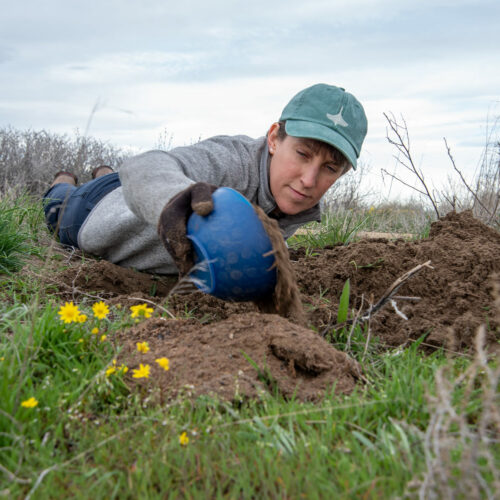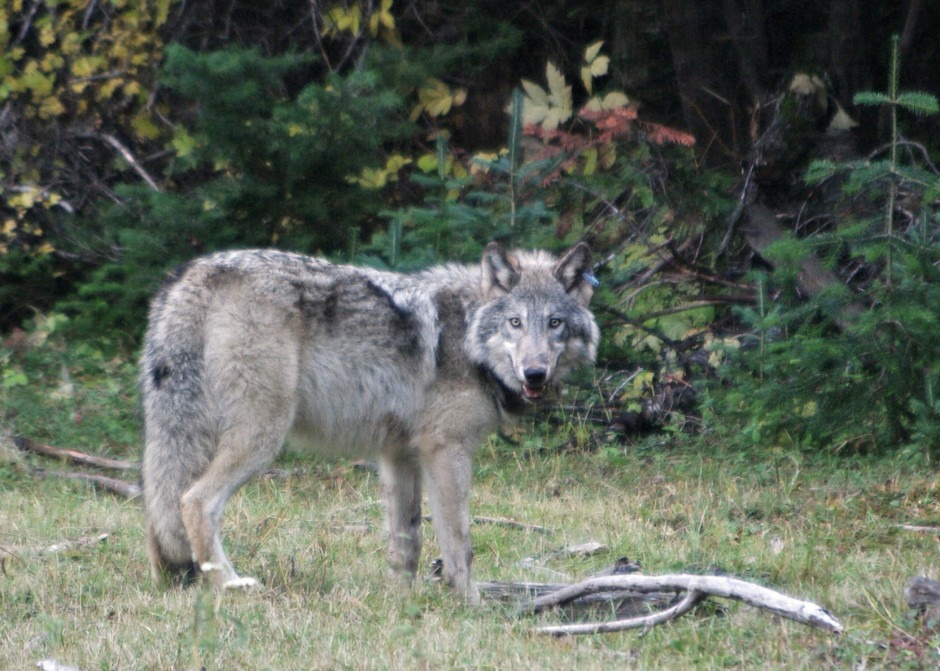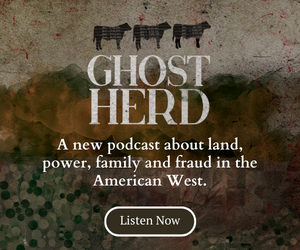
Killing Wolves Might Protect One Farm’s Livestock At Expense Of Others
Listen
A new study claims government killing of wolves can increase the risk to nearby farms, providing further evidence for the ineffectiveness of the so-called “lethal control” policy approach.
The report also casts doubt on an earlier research paper, which government agencies often use to support the practice.
The research adds to a stack of recent scientific papers that question the often-used practice of killing predators to reduce the chances of attacks on cattle, sheep and other livestock. Wildlife managers across the West trap and kill wolves, cougars and coyotes and other predators, and lethal control has become more common for wolves in Oregon and Washington as their populations have grown. But many scientists contend there’s little good evidence for the effectiveness of those efforts.
Published Wednesday in the online journal PLOS ONE, a research team from the University of Wisconsin analyzed 17 years of data collected on wolves and farms in the upper peninsula of Michigan.
They found killing a small number of wolves might potentially reduce the risk of future wolf attacks for the targeted farm by a small amount. But it also increased the risk for nearby farms up to about 3 miles away.
The increase could be from remaining wolves scattering, new ones moving in or fractured packs struggling to hunt elk and turning to easier prey.
“You have this small group of satisfied livestock owners, who might be ecstatic about how successful lethal intervention is on their land,” Francisco Santiago-Ávila, the lead author, said. “While their neighbors are suddenly suffering more losses, and they don’t know why.”
Santiago-Ávila said the combination could result in an inflated perception of the effectiveness and necessity for lethal control. Some studies have found non-lethal wolf deterrents, such as the use of guardian dogs and fencing, to be effective. But they, too, are lacking in solid evidence and their adoption has been inconsistent.
The study also challenges research from 2015 of the Northern Rocky Mountain wolf population, saying steps taken in the research might have made lethal control appear more effective on that population than it actually was.
Liz Bradley of Montana Fish, Wildlife and Parks, the 2015 paper’s lead author, said she had not yet had a chance to review the just-published study.
Bradley’s paper, which is one of the most frequently cited by wildlife managers including those in Oregon and Washington, found certain methods of killing wolves can reduce cattle and sheep losses. The analysis found removing a full wolf pack from the landscape can lead to a gap of up to two years between depredations.
That study examined local effects, not the spillover potential Santiago-Ávila described.
Related Stories:

Kennewick finds ‘forever chemicals’ in its drinking water for the second spring in a row
For the second spring in a row, Kennewick has found “forever chemicals” in its drinking water that are above Washington state’s standards.

Ecologists help with burrowing owl ‘spring cleaning’ at Umatilla Chemical Depot
Lindsay Chiono, wildlife habitat ecologist for the Confederated Tribes of the Umatilla Indian Reservation (CTUIR), does some seasonal maintenance, or spring cleaning, on one of the 180 total artificial nesting

US Forest Service employees return to work after mass terminations
Katijo Maher, president of a local chapter National Federation of Federal Employees, stands next to a fire danger sign Tuesday in Leavenworth. Maher said she has 37 years of experience
















